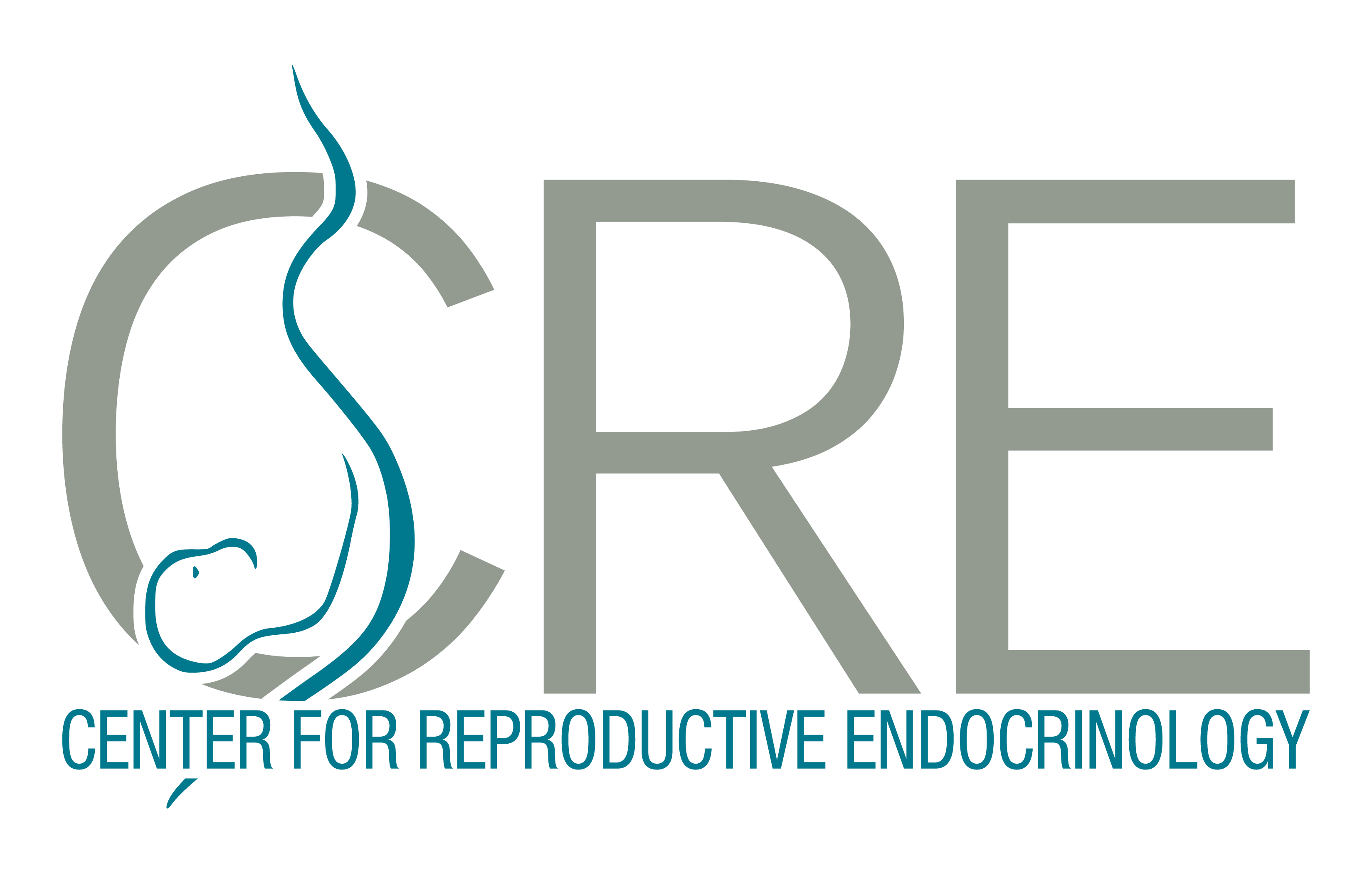The Effect of Uterine Fibroids on Fertility
Uterine fibroids—noncancerous growths in the uterus—are very common, affecting about one in three women during their reproductive years. For many, fibroids cause no symptoms and don’t interfere with the ability to get pregnant. But for others, these growths can make it harder to conceive or carry a pregnancy to term. If you’re trying to get pregnant and have been diagnosed with fibroids, you may be wondering what this means for your fertility or whether treatments like IVF will still work. In this blog, we’ll explain how fibroids can impact fertility, how they might affect IVF success, and when surgery or other treatments may be recommended.
What Are Uterine Fibroids?
Fibroids are made of smooth muscle and fibrous tissue. They can be tiny—smaller than a pea—or grow as large as a melon. Some women may have just one, while others develop multiple fibroids. Where they grow inside or around the uterus makes a big difference in how they affect your body and fertility.
Here are the main types:
- Submucosal fibroids: These grow just underneath the lining of the uterus and may push into the uterine cavity. They’re the most likely to interfere with pregnancy.
- Intramural fibroids: Found in the muscular wall of the uterus. Depending on size, they can affect the shape of the uterus. They may also affect implantation if close to the uterine lining.
- Subserosal fibroids: Grow on the outer surface of the uterus. These usually don’t affect fertility unless they’re very large.
- Pedunculated fibroids: Attached to the uterus by a thin stalk, either inside or outside the uterus.

Source: ASRM
How Can Fibroids Affect Fertility?
Fibroids don’t always affect fertility. However, they can interfere in a few ways:
- Distorting the uterine cavity: Submucosal fibroids can change the shape of the uterus, making it harder for a fertilized egg to implant and grow. These are taking space away from the baby.
- Blocking the fallopian tubes: Large fibroids might press on or block the tubes, stopping fertilization from happening.
- Reducing blood flow: Fibroids can affect how much blood reaches the lining of the uterus, which may affect implantation and early embryo development.
- Altering the uterine environment: Fibroids can cause inflammation, making the uterus less friendly to a developing embryo.
Do Fibroids Affect IVF Success?
If you’re considering or already undergoing IVF (in vitro fertilization), fibroids might play a role in how successful the treatment is.
Here’s what studies have found:
- Submucosal fibroids are the most likely to hurt IVF outcomes. Removing them generally improves pregnancy and live birth rates.
- Intramural fibroids, especially those larger than 5 cm or that distort the uterine cavity,might lower IVF success rates, but this is debated.
- Subserosal fibroids usually don’t interfere with IVF unless they’re very large or numerous.
Addressing these fibroids before IVF—especially when they distort the uterine lining—can make a real difference. In some cases—especially in women of advanced maternal age or with decreased ovarian reserve—your doctor may recommend delaying surgery until genetically normal embryos are created through IVF. This ensures time isn’t lost pursuing surgery before confirming there is a viable embryo to transfer. On the other hand, if the fibroids prevent the ovaries from being safely accessed for an egg retrieval, it may be necessary to perform a myomectomy before an IVF treatment. Your doctor can best guide you through the optimal sequence of events.
When Is Surgery for Fibroids Recommended?
If fibroids are affecting your fertility or causing symptoms like heavy bleeding, pain, or pregnancy loss, surgery may be a helpful option. The most common procedure is a myomectomy, which removes the fibroids while preserving the uterus.
The type of surgery depends largely on where the fibroids are located:
- Submucosal fibroids (those inside the uterine cavity) can often be removed vaginally using hysteroscopy. This is a minimally invasive procedure that uses a thin camera inserted through the cervix. No incisions are needed, and recovery is typically quick.
- Larger fibroids or those located within the muscle of the uterus (intramural) or on the outer surface (subserosal) may require an abdominal approach, either through laparoscopy (small incisions using a camera) or open surgery (larger incision). The choice depends on the number, size, and position of the fibroids, as well as your overall health and fertility goals.
Surgery may be recommended if:
- You have submucosal fibroids distorting the uterine cavity
- You have intramural fibroids larger than 4 cm
- You’ve experienced multiple miscarriages
- IVF cycles have failed and fibroids are a possible factor
The decision to operate should always be personalized, balancing potential fertility benefits with risks like recovery time or uterine scarring. Sometimes, if fibroids are small and not causing issues, it’s better to avoid surgery altogether.
Are There Non-Surgical Options?
Yes—but they may not be the best fit for women actively trying to get pregnant.
- Uterine Fibroid Embolization (UFE): This minimally invasive procedure blocks blood flow to fibroids, shrinking them. However, it reduces blood flow to the uterus and may affect ovarian reserve, so it’s not usually recommended if you’re trying to conceive.
- Medication: Drugs like GnRH agonists can shrink fibroids temporarily. These are sometimes used before surgery or IVF to improve outcomes or access during egg retrievals but aren’t long-term solutions for fertility impediments related to fibroids.
What If I Get Pregnant With Fibroids?
Many women with fibroids go on to have healthy pregnancies. However, some risks may be higher, especially if fibroids are large or located near the placenta.
These include:
- Miscarriage
- Preterm labor
- Placental problems
- Slower fetal growth
- Higher chance of C-section
Your OB-GYN or fertility specialist may need to monitor you more closely if fibroids are present, using ultrasounds to check size and location throughout pregnancy.
A Personalized Path to Parenthood
If you’ve been diagnosed with fibroids and want to get pregnant, know that you’re not alone—and that many women in your situation go on to have successful pregnancies. The key is a personalized treatment plan. A fertility specialist can help figure out whether fibroids are interfering with your ability to conceive and what, if anything, needs to be done about them.
In some cases, removing fibroids may significantly improve your chances. In others, IVF may still work without surgery. The best next step is a full evaluation with imaging, such asa fluid ultrasound (sonohysterogram) or MRI and a discussion about your goals, symptoms, and fertility timeline.
Thinking about fertility treatment or IVF with fibroids? Talk to one of our fertility specialists about what’s right for you. A clear diagnosis and tailored plan can bring you closer to the family you’re hoping for.









